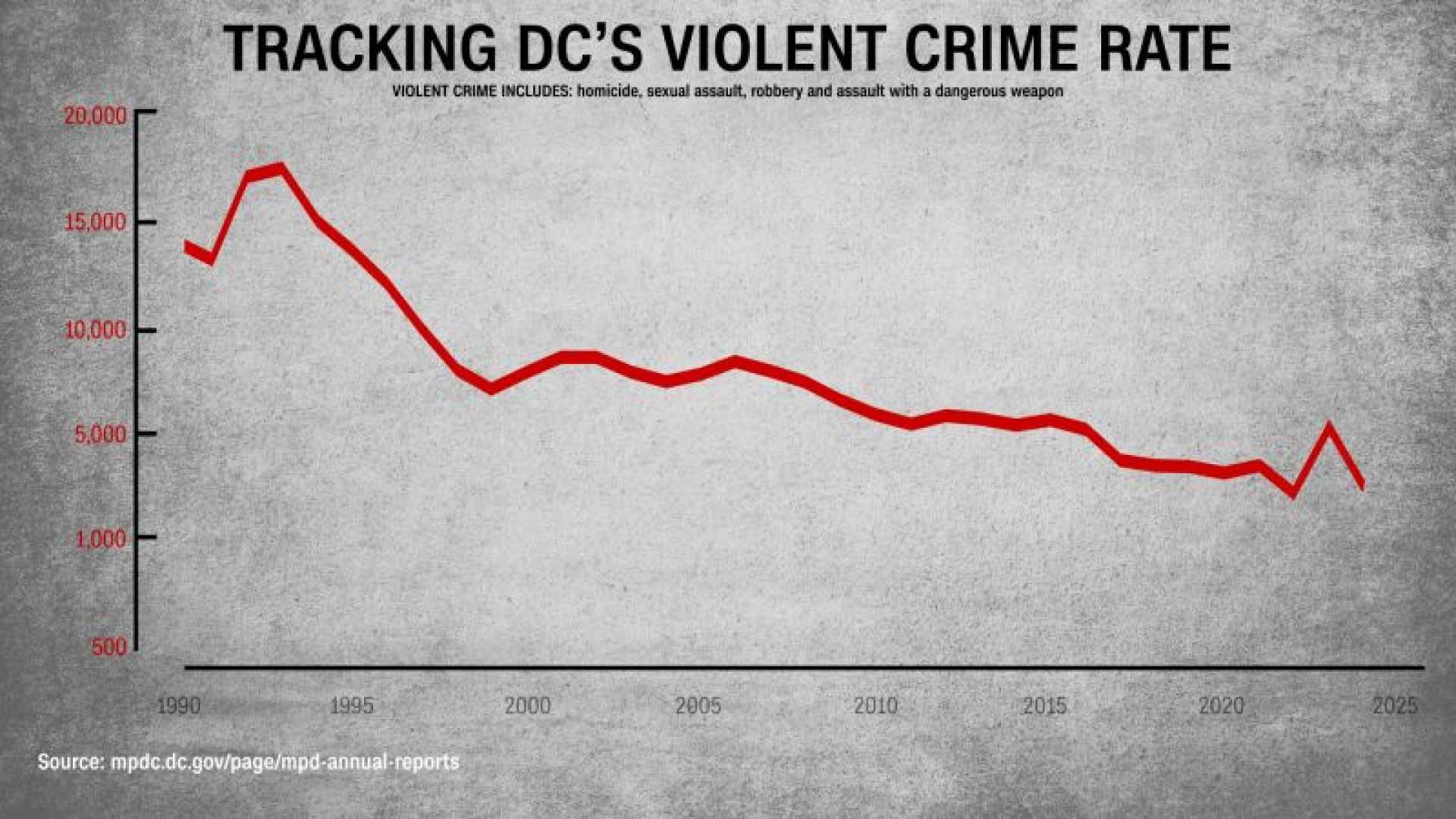Politics
Washington, D.C. Faces Crime Discussions Amid Political Tensions

WASHINGTON, D.C. — This week, discussions surrounding crime in Washington, D.C., have intensified among politicians and journalists. Liberal figures have been criticized for downplaying the violence in the city, calling it mere Republican rhetoric.
Senator Tim Kaine, a Democrat from Virginia, remarked that crime rates are at a 30-year low in D.C., suggesting that President Donald Trump‘s recent policing measures are a waste of taxpayer funds. However, while this is true in some contexts, the murder rate remains a troubling concern.
According to The Guardian, violent crime in Washington, D.C., is above the national average. Despite efforts to reassure the public, many feel an increased sense of fear. “If people are afraid to come to D.C., go to Disney World, get fat, eat French fries,” said Jim Kessler, a think-tank executive, during an interview on Fox News.
Critics of Trump’s policing measures argue that using FBI agents as beat cops is ineffective. They point out that these agents lack knowledge of local communities. Additionally, some of the nation’s most dangerous cities are located in states that support Trump.
Despite claims of lower homicides — from 287 in 2023 to 187 in 2024 — proponents of crime awareness argue that the situation remains dire. The District’s population dynamics complicate how crime rates are perceived in comparison to larger cities like New York City.
Reflecting on his time at The Washington Post in the late 1990s, a staff writer noted the segregated realities of crime in D.C. Historical homicide rates heavily impacted predominantly Black neighborhoods, revealing deep-rooted injustices. Reports showed that over 90 percent of homicide victims and suspects were Black males.
Today, the disparity remains evident, particularly in Wards 7 and 8 where poverty rates are high. These areas account for a significant majority of the District’s homicides, eliciting grief and fear from residents.
Mothers living in these neighborhoods have taken to teaching their children to respond to gunfire, underscoring the urgency of the situation. As conversations continue, it is essential not to dismiss the lived experiences of those affected by violence.
While political motives may play a role in framing the discussion, the reality of crime in Washington, D.C., cannot be ignored. The complexity of the issue requires thoughtful dialogue and engagement to foster understanding and find viable solutions.












